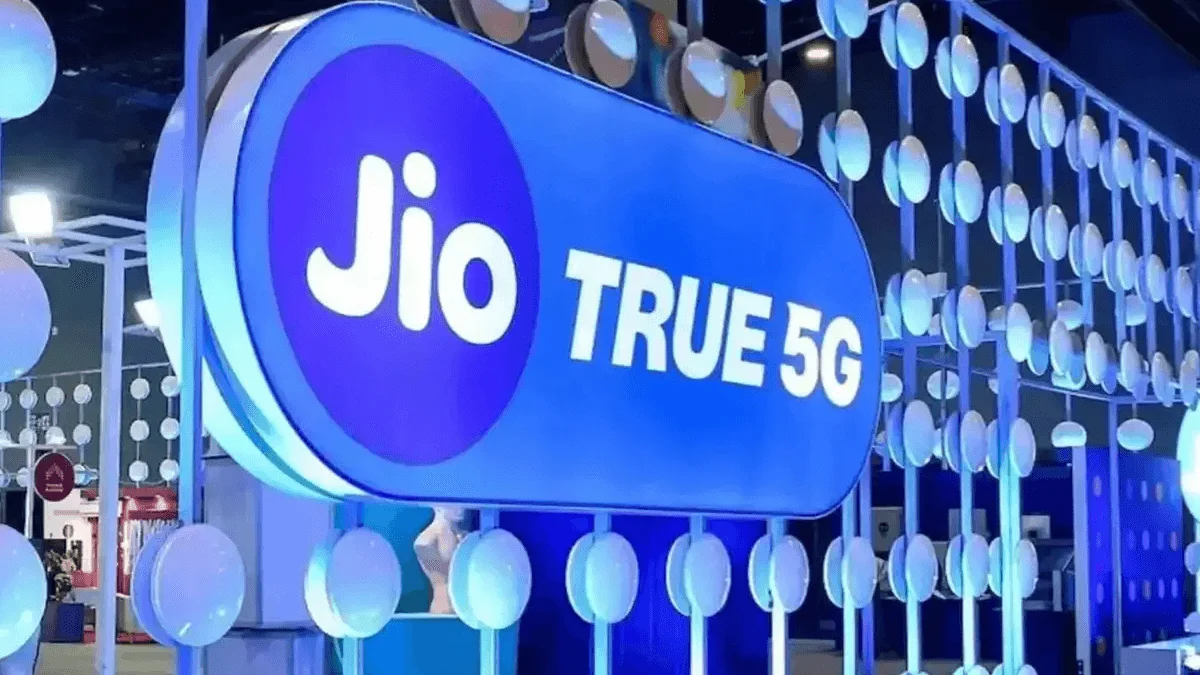Necessary Always Active
Necessary cookies are required to enable the basic features of this site, such as providing secure log-in or adjusting your consent preferences. These cookies do not store any personally identifiable data.
|
||||||
|
||||||
|
||||||
|

Reliance Jio 5G strategy is experiencing a major change as the telecom giant is developing its own technology to create its future 5G network infrastructure. The company’s new direction seeks to reduce total expenses and decrease dependency on Nokia and Ericsson, Economic Times reported.
Reliance Jio has initiated a network gear replacement program by using locally manufactured systems instead of foreign-made components. The change represents a larger objective aimed at both taking operational control of technology solutions and strengthening essential sector self-sufficiency in India.
Reliance Jio’s main objective for this change is cost reduction for its future 5G network. With its self-built telecom equipment deployment Jio aims to reduce both its investment expenses and its operational costs. All system components within the network infrastructure including radios and antennas together with core hardware receive inclusion. Through designing equipment with its inside R&D staff the company aims to achieve long-term cost savings estimated at billions of dollars.
Due to global vendor supply chain challenges and rising costs Jio’s self-operated capabilities can provide better flexibility and lasting cost savings opportunities.
The decision of Jio to replace foreign equipment marks a significant strategic change due to past partnerships with Nokia and Ericsson. Jio believes its domestic innovation will either match or exceed the telecom equipment provided by traditional vendors to the Indian market.
Sources indicate trials of the domestically developed equipment have started in specific locations and will be expanded to other regions of India progressively. To keep performance and quality integrity throughout the transition Jio is carefully managing the implementation process.
The switch to in-house 5G gear aligns with the Indian government’s larger push for self-reliant technology infrastructure. Jio is not only reducing import dependency but also creating new opportunities for Indian engineers and manufacturing units.
The telecom giant has invested heavily in developing its own 5G core and radio access network (RAN) technologies. These developments could eventually allow Jio to export its solutions to other developing markets looking for affordable alternatives to established global players.
This shift in Reliance Jio’s 5G strategy indicates the company’s faith in its technology prowess and its vision to dominate the 5G space not only in India, but across the globe. By reducing expenses through lowering the dependency on outside vendors, Jio is setting itself up to be leaner and more competitive.
Experts see this as a bold move that has the potential to redefine the way telecom networks are built in India. If it works, it can encourage other Indian companies to take a similar step and create domestic substitutes for imported technology.
In the fast-changing telecom arena, Jio’s move to create its own infrastructure may be a turning point for India’s digital future—a convergence of cost-effectiveness, innovation, and national interest.